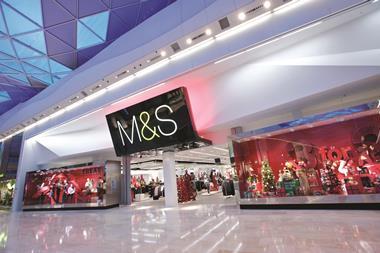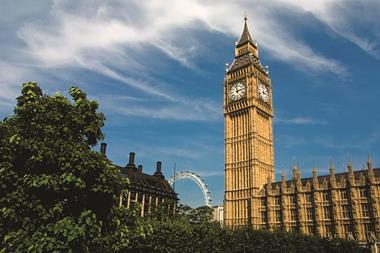The jury has been out on digital signage for years, but are we now at a crossroads ahead of broader adoption? Nick Gale, chairman of Realisation and head of new media for POPAI UK and Ireland, takes a look.
Digital signage has been hailed as the next big thing in the retail sector for years, but has largely failed to live up to the hype. Why is this the case, when so many other technology-led innovations have become an established feature of the retail landscape?
One of the main reasons is that the hype, not for the first time, has been driven by high-tech innovation, whereas most retailers are looking for cost-effective, engaging communication with their shoppers, which enables rapid deployment of promotional messages.
They aren’t trying to run an in-store TV network, make revenue from brands, or integrate with the latest social network app. They’re looking to increase their customer communication efficacy, connect with shoppers and get their message across in a compelling manner.
Some of the early failures (think Tesco TV) can be attributed to over-ambition, poor business models and a woeful lack of measurement. More recently, cost reduction and the reliability of the hardware required to operate digital signage networks, has helped lower the bar in terms of the total cost of ownership.
Coupled with these trends, retailers have understood the importance of good content designed for the medium – often after having their fingers burnt by content that, bluntly, was not fit for purpose.
The internet has galvanised the industry, making it international. One of the key benefits for operators is that speed to market is now measured in hours, not days.
So what does the future hold for in-store? A second wave of technologies (hardware and software) is significantly more robust, reliable and cheaper. They can be integrated into retailers’ existing EPoS systems, measured and evaluated, making digital signage one of the most measurable marketing tools available. This means the investment can be justified against a provable and tangible ROI.
Intelligent digital signage takes this a step further in terms of segmenting the customer demographic using a range of digital tools, which then publishes the relevant media message according to time of day, gender, language, age range and other criteria.
This dynamic management of messages is increasingly being deployed in cinema foyers, mobile phone stores and large catalogue stores such as Argos. Numerous other retailers are finally waking up to digital signage, with high street banks high on the list of those conducting trials and pilots.
Digital signage has reached a crossroads, but the signs are encouraging.
Brand marketing, which generally funds digital signage activity, has identified the value of being able to deliver a consistent message and tailored content across all media touch points be it above the line, digital, digital out of home (DOOH) and at the last 10 ft – the point of purchase.
The overlap between digital signage and DOOH can be seen today in new retail spaces such as Westfield Stratford City, where the hype has become reality and past failures a distant memory.
Need to know facts on digital signage
1. Content is, was and always will be king
2. Equipment is a means to an end and initial installation costs still may be high
3. Central control and POP compliance are a reality with digital signage
4. ROI should be based on total cost of ownership. Obvious, but true
5. Digital signage covers everything from shelf-edge to the checkout


























No comments yet